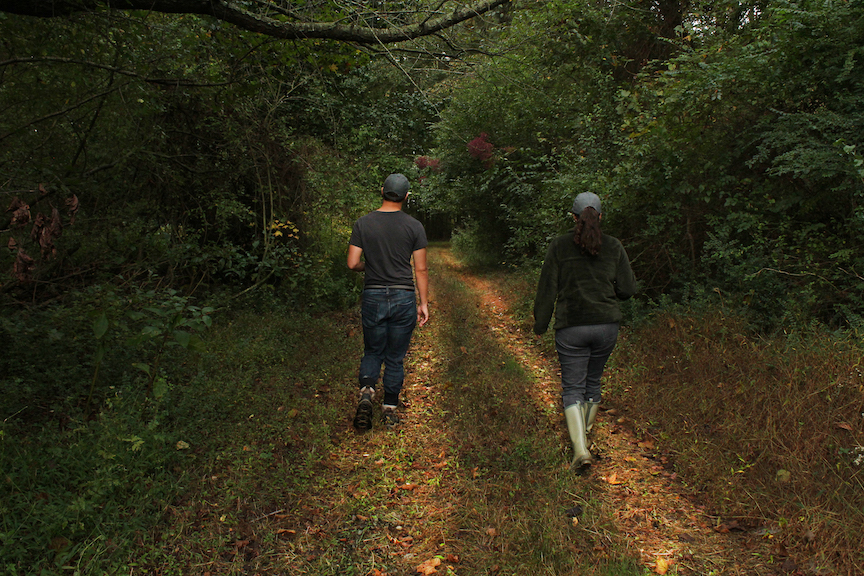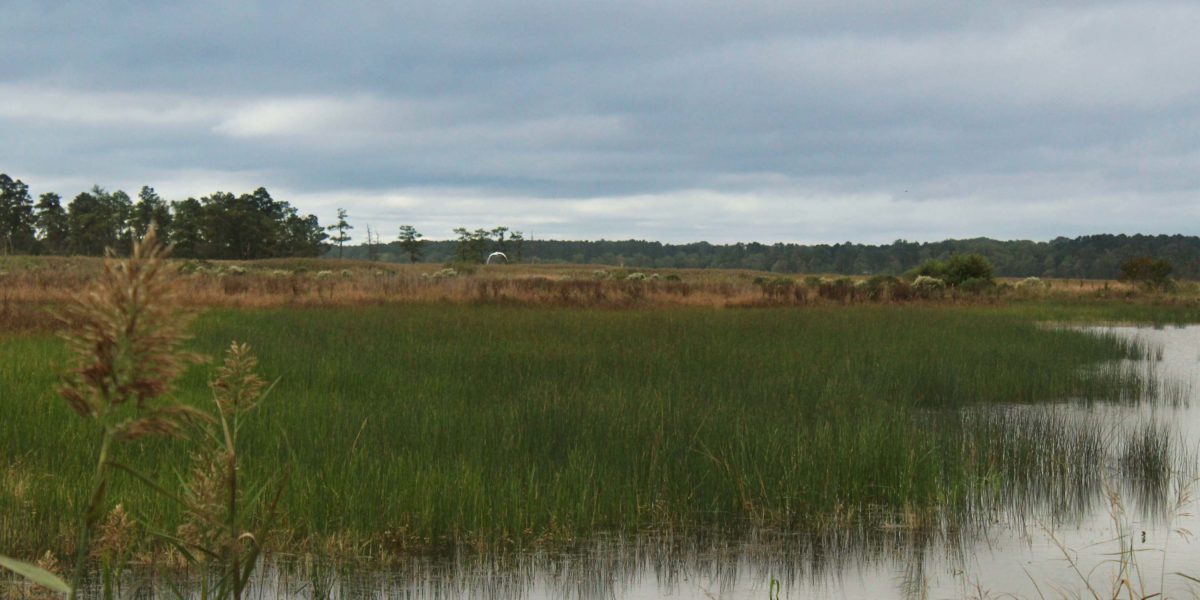Have you ever wondered how protected land comes to be protected? In many cases, landowners choose to sell conservation easements through organizations like Eastern Shore Land Conservancy (ESLC). Landowners continue to own their lands, but those lands are then protected from further development. By working to secure easements that connect to one another, conservancies also create protected routes for wildlife.
Eastern Shore Land Conservancy was founded in 1990. Its mission is to promote land conservation and planning that provides public access to open space, while also working with private landowners to reduce disturbance to the land’s natural state through conservation easements. Once they secure an easement, ESLC continues to work with the landowners through stewardship specialists, who monitor the properties to ensure that the easements are being upheld. ESLC also works with towns and cities along Maryland’s Eastern Shore to support economic growth while preventing urban sprawl.
“We work directly with landowners and in partnership with towns and municipalities and government structures,” says Bethany Straus, Communications Coordinator for ESLC. “We take a multipronged approach to ensure that as much land can be left wild as possible.”
When working with towns and municipalities, ESLC advocates for plenty of open, green spaces such as parks and rail trails, as well as pedestrian-friendly infrastructure.

Connected Easements Enable More Natural Roaming
In addition to preventing overdevelopment, land conservation has positive impacts on wildlife, as well. When ESLC secures easements on adjoining properties, for example, it creates longer stretches of wildlife habitat that enable more natural roaming patterns.
David Satterfield, Director of Land Conservation for ESLC, shares the example of the Forest Interior Dwelling Species (FIDS) of birds such as wood thrush and pileated woodpecker. “FIDS populations have been in decline for decades, especially as larger blocks of woodlands have been converted to maximize agriculture and create room for new developments,” Satterfield explains. “Many conservation easements provide protection for existing forests and require forest stewardship plans, which when married across multiple adjacent parcels can provide the large blocks of interior forest habitat necessary for these species to thrive. Even on conservation easement properties where blocks of woodlands have long since been lost, the retention of strips of woodlands and woodland buffers (through appropriate easement requirements) can provide corridors of safe habitat to allow migration of FIDS between more ideal habitat hubs.”
Since its founding, ESLC has secured 311 easements for a total of over 54,000 protected acres. It has an additional three preserves (500+ acres) and 30 transfers (9,600 acres) to the land trust for a total of 65,000 acres.
How Do Easements Work?
An easement is simply a legal agreement into which the landowner enters, and the specific details are worked out between the landowner and state or federal agency. ESLC acts as a facilitator.
“Our job is to facilitate the process by bringing landowners to the resources they need to preserve their lands,” Straus explains. “We work with various government agencies, such as the Department of Natural Resources and the Department of Defense’s Readiness and Environmental Protection Integration, that offer funding for strategic conservation projects.”
Once the easement is finalized, ESLC educates landowners on how this impacts their use of the land. For example, landowners agree not to build on or disrupt the areas covered by those easements. “If the landowner is already using the land for agricultural purposes, they can continue to do that,” says Straus. “They must simply stay within the confines of the easement.”
Benefits for the Landowner
You may be wondering, what’s in it for the landowners? There is a tax benefit that comes with a conservation easement, and people who purchase land with exiting easements often pay less for that land. But for many, it’s more than that. Landowners who enter into conservation easements often believe in the mission and want to preserve their land to support wildlife for future generations.
Want to learn more about a conservation easement for your property or to get involved in other ways? Visit ESLC’s site at www.eslc.org.
Sustainably,
Bobby Firestein
For our 2022 Ecoprint calendar, Protecting the Natural Beauty of the Chesapeake Bay, we have partnered with 13 different organizations, all dedicated to helping solve the environmental challenges in this important ecological hub. Eastern Shore Land Conservancy is our featured partner for the month of November. To get your own 2022 Ecoprint calendar, click the button below.

